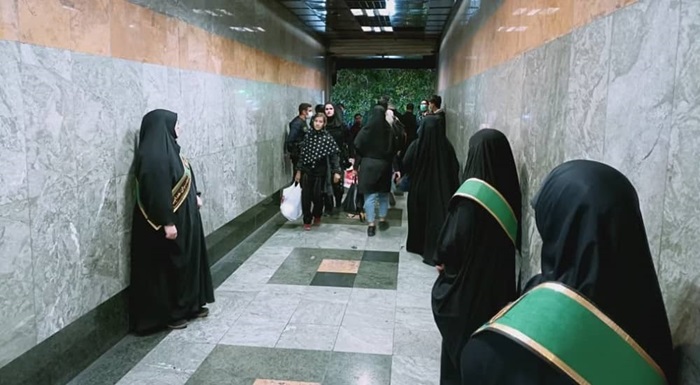
This decision emerges as part of a broader strategy to stabilize the regime amidst the ongoing power struggles within its ruling factions.


This decision emerges as part of a broader strategy to stabilize the regime amidst the ongoing power struggles within its ruling factions.
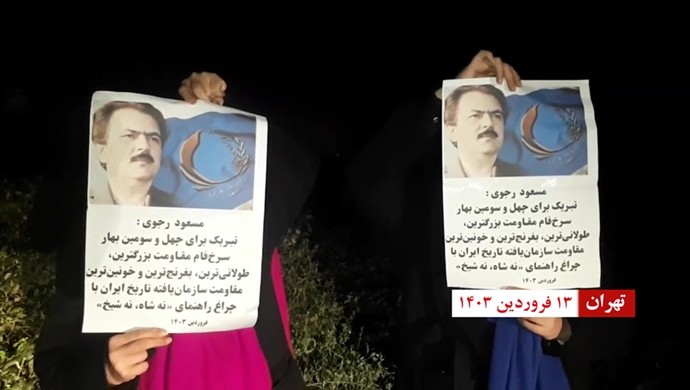

These actions come as a clear demonstration of an unwavering determination to confront the mullahs’ regime, marking the 43rd anniversary of Iran’s longest and most complex resistance movement.
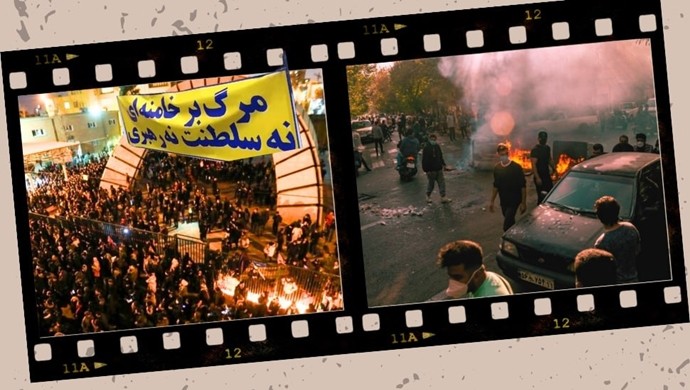

Speaking at the tomb of Ruhollah Khomeini, the regime’s founder, on March 29, Eje’I’s words painted a picture of a regime under siege, facing both internal factionalism and external pressures. His comments come amid a backdrop of increasing public dissatisfaction and hints at a fear of potential societal upheaval.
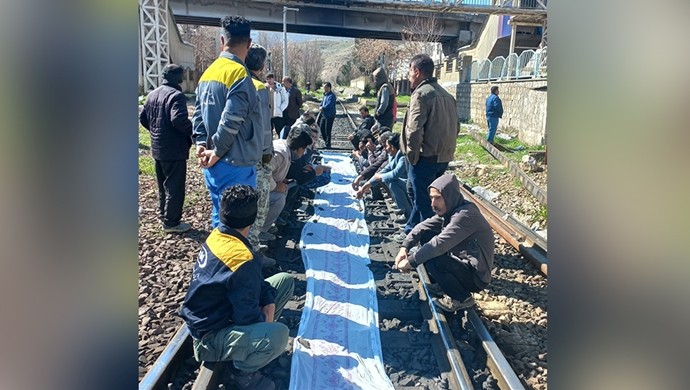

While the Iranian leaders project an image of growth and prosperity for the Persian year 1402, spanning March 2023 to March 2024, a closer look at various reports reveals a vastly different, troubling picture of the nation’s economic health.
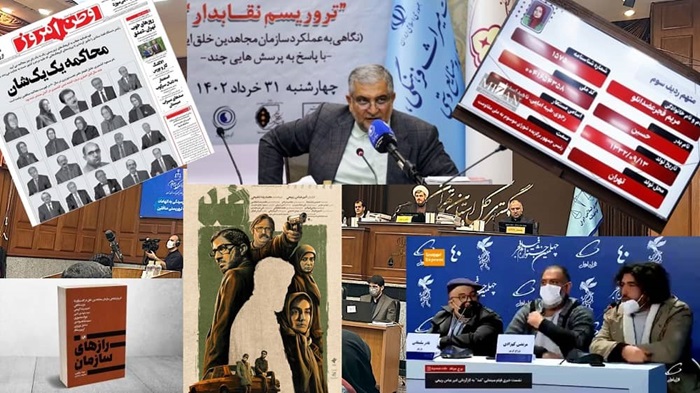

This act revives a pivotal moment in history, highlighting a deep-rooted conflict within the Iranian regime and its ongoing efforts against the People’s Mojahedin of Iran (PMOI/MEK), a group advocating for a secular, democratic Iran.
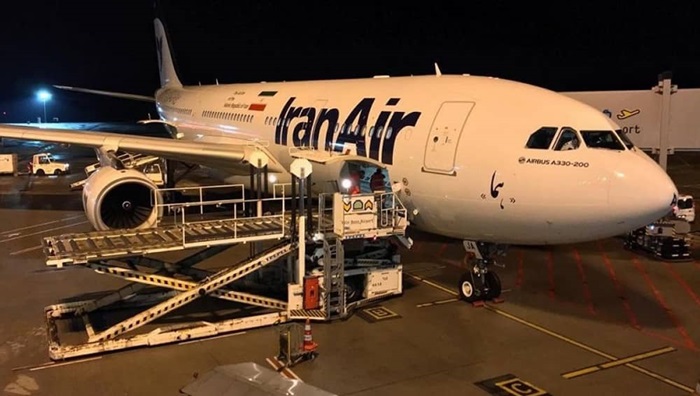

Brigadier Shamseddin Farzadipour, a senior commander from the IRGC, has been clandestinely managing Iran Air since April 2022, as reported by The Telegraph and Die Welt. This disclosure emerges amid mounting apprehensions regarding the regime’s involvement in proliferating missiles and military equipment to its proxies in the Middle East and Russia.
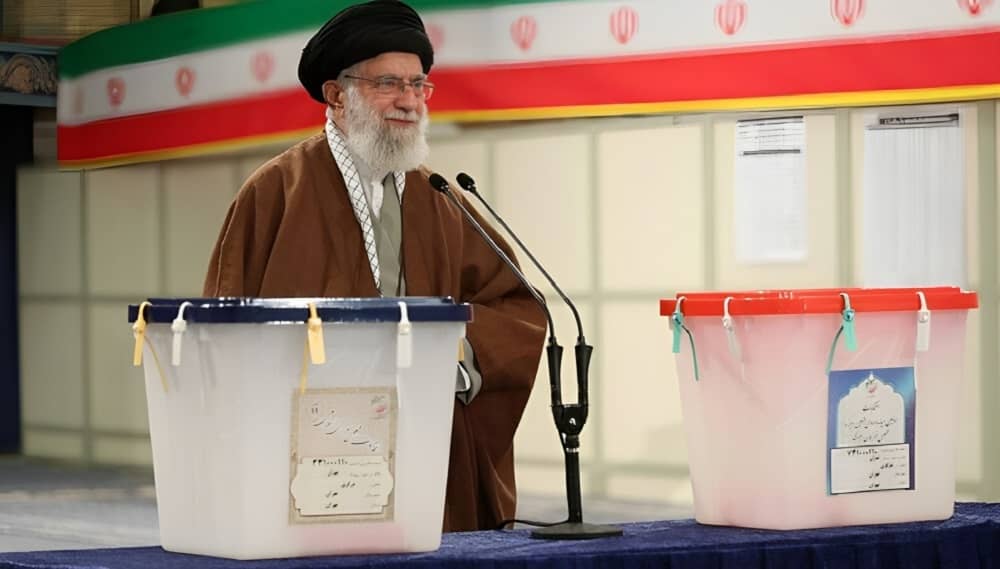

Ahmad Alamolhoda, representing Supreme Leader Ali Khamenei in Mashhad, attempted to diminish the impact of the boycott, revealing the regime’s dismissive attitude toward public opinion.
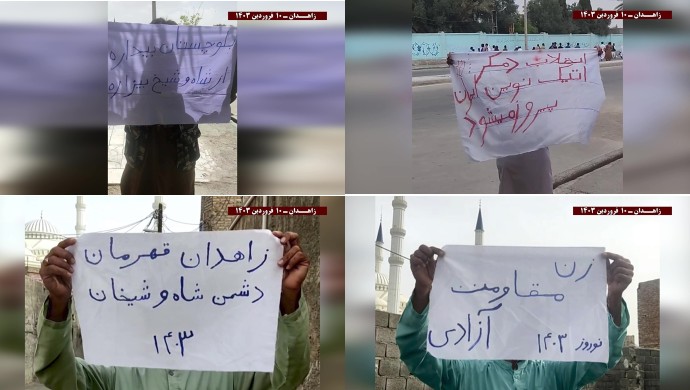

Following the Friday prayers on March 29, these units made their resolve crystal clear through a series of placards that not only challenged the regime’s authority but also echoed a profound yearning for freedom and democracy in Iran. This act of defiance serves as a beacon of hope and resistance, signaling a crucial moment in Iran’s ongoing struggle for liberation.
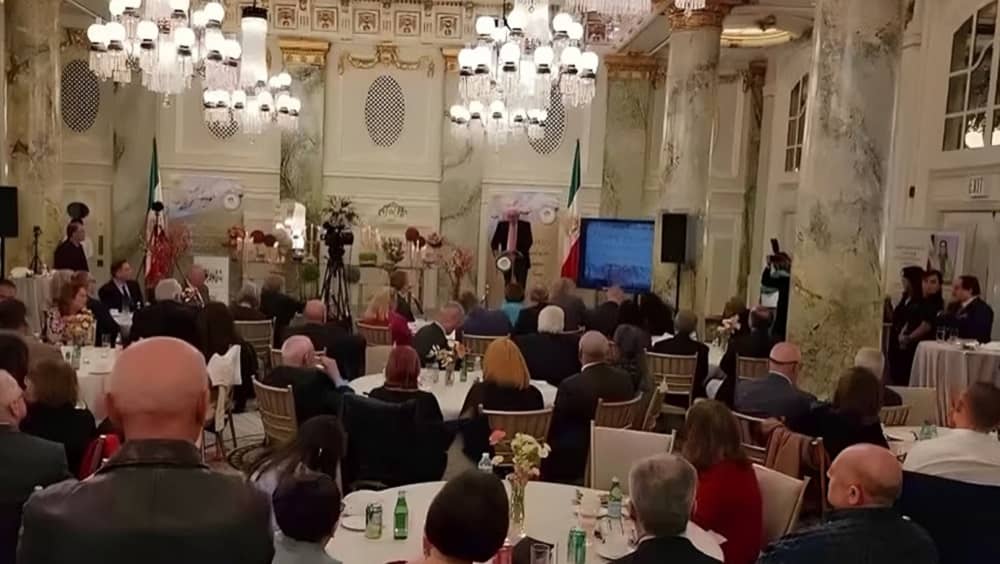

Among the notable attendees was former United States Secretary of Homeland Security, Governor Tom Ridge, who, along with his wife, Michelle, expressed steadfast support for the NCRI and the People’s Mojahedin of Iran (PMOI/MEK). The event saw a convergence of representatives from various embassies, political advisors, and journalists, all united in their support for the Iranian resistance movement.


This grim reality, acknowledged by the state-run Tejarat News on March 26, sheds light on the bleak prospects faced by the nation’s future generation as they barter parts of their bodies for a chance at survival amidst Iran’s economic turmoil.